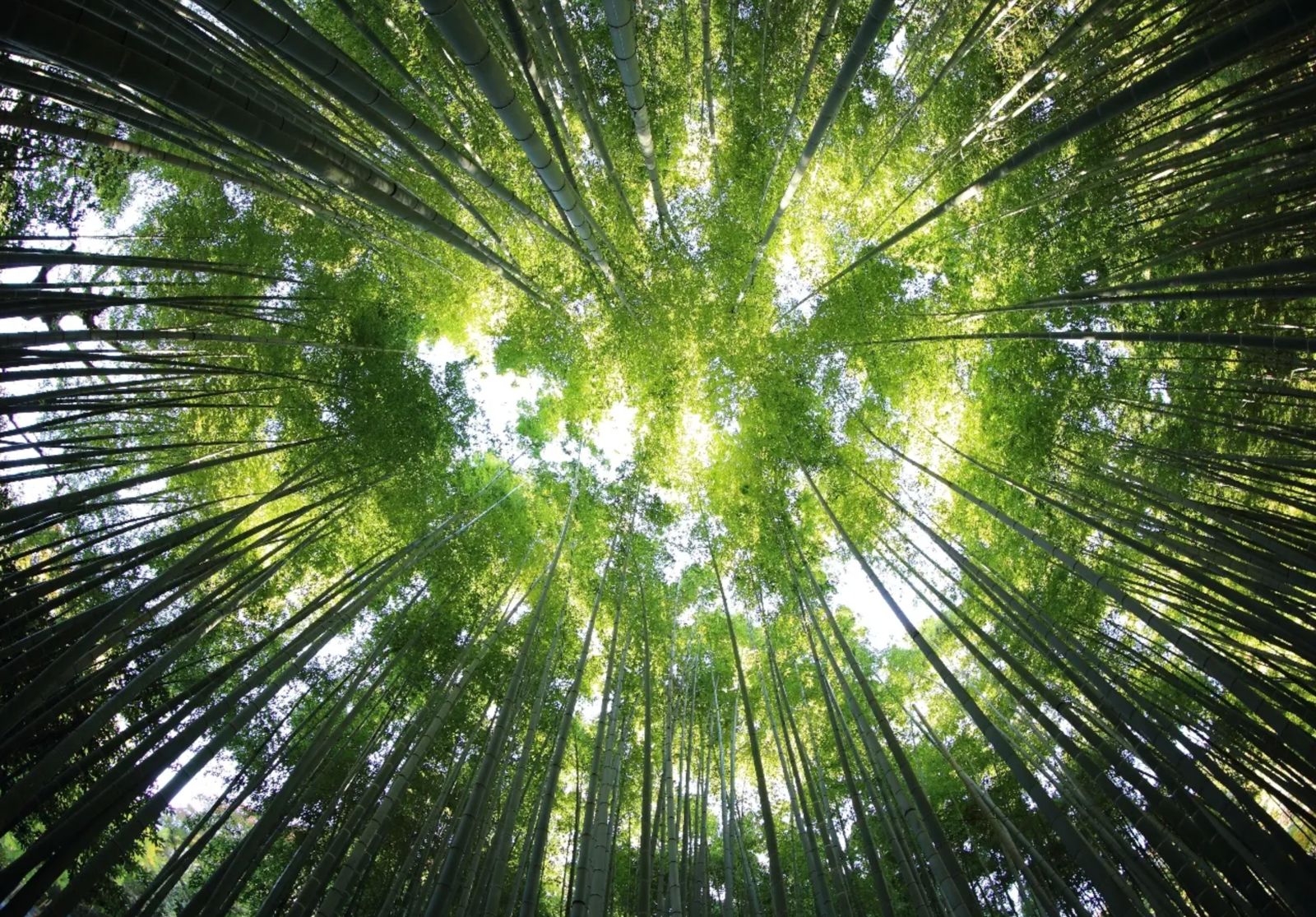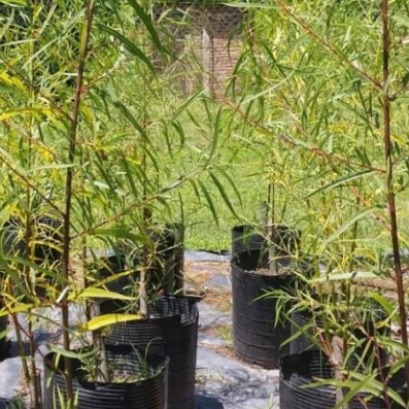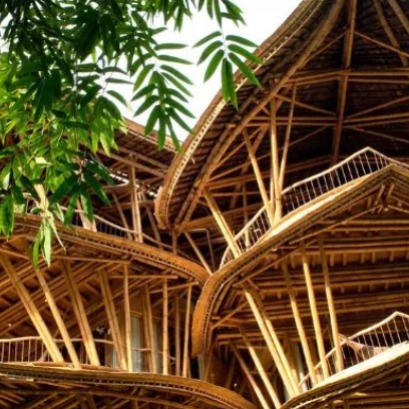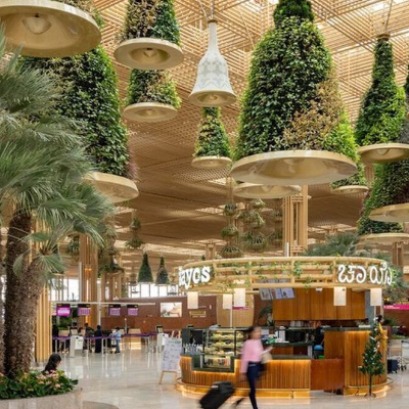
They confirm that multi-species forests store more carbon than monocultures
Florestas compostas por diversas espécies têm capacidade de capturar mais carbono da atmosfera. Isto abre um debate sobre florestas monoespecíficas, algo que é muito comum no setor da indústria florestal.
A forest composed of more than one species, or a field of more than one crop, has the property of capturing more carbon from the atmosphere. This is the conclusion of a recent study published in Frontiers in Forest and Global Change. It has long been known that biodiversity increases forest productivity, but the effects demonstrated in the recent publication are quite surprising in terms of magnitudes.
Diverse forests are 70% more effective as carbon sinks. Different species with complementary traits can increase total storage.
The truth is that forestry companies usually plant monocultures, so the study may affect the practices of the sector. In dialogue with this medium, ecologist and meteorologist Rémy Beugnon, from the German Center for Integrative Biodiversity Research, indicated that what seems most interesting about the study is the connection with real-world applications.
By demonstrating that a plantation with a single type of tree captures less carbon than with diversity, it should be a point to be taken into account by forestry companies to propose a healthier business with the environment. The researchers examined more than 11,300 studies, some of them from a global network of tree diversity experiments called TreeDivNet. Thus, they were able to find 18 that included the information necessary to compare carbon storage in monocultures with that of stands containing two or more tree species.
Diversity wins
The first results of the research led by Emily Warner from the University of Oxford in the United Kingdom indicate that monocultures cannot keep up with mixed forests. Stands with two or more species contained at least 25% more above-ground carbon than the best-performing monocultures, although the researchers note that more data is needed on this comparison. In any case, the signs seem to be very strong.
For example, when the researchers focused on forests with four species, the effect was more surprising. These mixed stands contained more than four times as much carbon as the average monoculture and more than twice as much as the best-performing monocultures. In any case, how many tree species a forest needs to maximize its productivity is an open question, something that Warner herself points out. She and her colleagues found that carbon storage peaked with four species, but the studies they analyzed were biased toward young forests with few species, which may have influenced the result.
And here comes a point of great interest. Many companies and countries are working on carbon quotas by planting trees to complement carbon emissions in other parts of the world. A very profitable business. But this study puts a spotlight on the forms of this practice. These results show that it is not just about planting trees; It is about planting diverse forests.
What lies ahead
The study points out that there are many reasons why mixed stands can be more productive than monocultures. For example, different species may have complementary ways of using resources, so mixtures of these species may coexist more easily than stands containing a single species. According to the researchers, nitrogen-fixing trees, which transform nitrogen from the air into a form usable by other plants, did not increase forest productivity more than non-nitrogen-fixing species.
This is a first step that opens the door to subsequent studies that provide more details and work on more areas of the world. For example, this study did not include South America and Africa. Another of the authors of the work, ecologist Catherine Potvinm, indicated that future studies could also take into account the carbon stored underground. It is difficult to find this data because to analyze underground carbon you have to dig up the roots of the trees.
No less a point are the logistical problems that prevent forestry companies from planting diverse forests. The machines used to plant trees are often best suited for a single species, and harvesting multiple species is more complicated than harvesting a monoculture. Different species may have different growth rates, resulting in different sized trunks or different height branches that require different felling practices, for example. Additionally, forests take many years to grow, so foresters tend to be reluctant to try new species or techniques because they won't know the value of their investment until decades later.

IT MAY INTEREST YOU
 INTA Delta begins propagation of seven Creole willow clones for ecological restoration in Paraná
INTA Delta begins propagation of seven Creole willow clones for ecological restoration in Paraná
As a result of the rescue, domestication and registration work carried out by Teresa Cerrillo, a leading researcher in Salix Genetic Improvement, within the framework of the National Genetic and Forest Resources Programs of INTA, the multiplication and propagation of seven clones of Creole willow (Salix humboldtiana) began recently registered in the National Seed Institute (INASE) by INTA Delta del Paraná.
 The South American country that changes construction thanks to an ancient, mega-resistant material: more than steel
The South American country that changes construction thanks to an ancient, mega-resistant material: more than steel
This material that grows in South America creates the most resistant constructions and radically changes the world of architecture One particular building material has been used for millennia by various cultures in South America. This is due to its structural resistance that allows the creation of homes, bridges and shelters. Its archaeological presence shows that it was one of the most valued construction resources in seismic and humid areas.
 More wood | Air terminals as well-being spaces with design and natural atmosphere
More wood | Air terminals as well-being spaces with design and natural atmosphere
In a world in which mental health, comprehensive well-being and connection with nature are increasingly urgent, wood appears as an increasingly chosen material to transform not only how we live, but also how we feel and move.





















